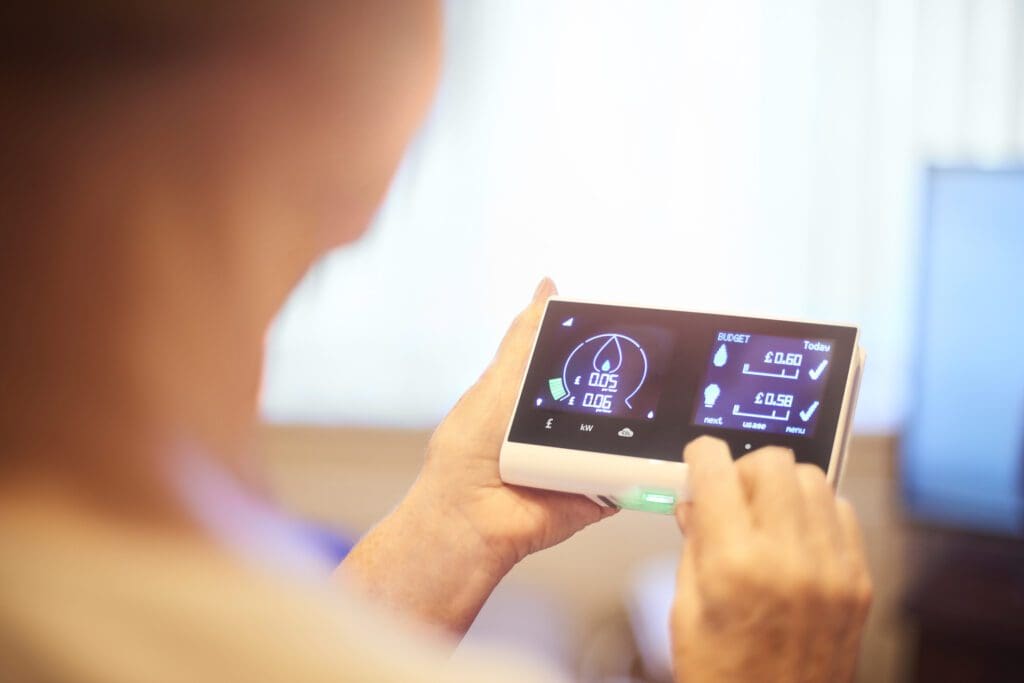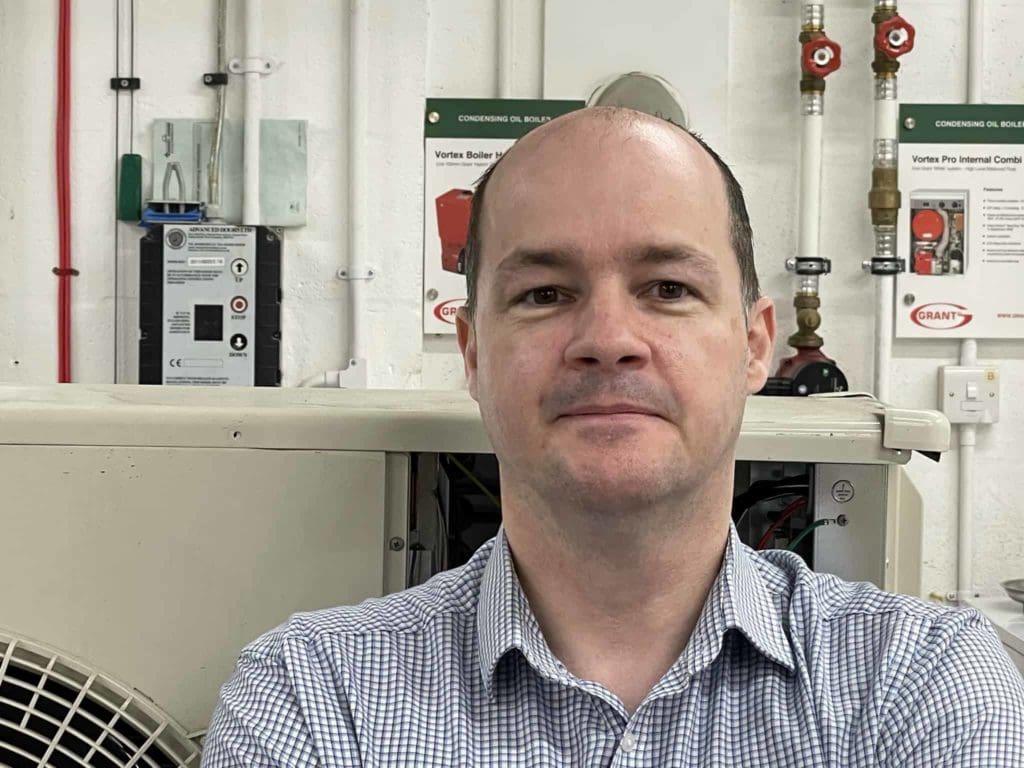Issues with the smart meter network risk are reducing the appetite for renewables.
Issues with the smart meter network risk are reducing the appetite for renewables.

With the decarbonisation of the electricity grid resting on the success of the smart meter roll out, Griff Thomas from GTEC highlights the millions of homeowners stuck in ‘traditional mode’.
In this special report, Griff share his own experiences and explains why those ‘trapped in the dark ages’ – with no connectivity, no opportunity for energy savings and no incentive to invest critical low carbon technologies – must not be forgotten.

Smart meters play a significant role in enabling and supporting the growth of domestic renewables, but connection issues are preventing millions of homeowners and businesses from accessing the best tariffs and threatening the potential of the low carbon sector.
This is something that I have experienced first-hand. After investing heavily in the latest renewable technologies for my home in the Yorkshire Dales, my excitement and enthusiasm was cut short when I discovered I was in a dead spot for mast connection to the Data Communications Centre (DCC), the national communications network that connects smart meters to energy suppliers.
Official figures indicate that I am not alone. According to the latest quarterly update from the Department for Energy Security and Net Zero (DESNZ) there were 31.3 million smart meters in operation at the end of 2022, but more than one-in-ten were operating in ‘traditional mode’.
These meters are not connected to the DCC’s network for one reason or another, leaving end-users without basic functions such as energy monitoring, let alone the ability to feed electricity back to the grid, manage storage and consumption based on supply and demand or benefit from the best smart tariffs.
“One-in-ten smart meters are operating in ‘traditional mode’ – significantly reducing consumer benefits”
To put it into perspective, that’s 3.2 million homeowners and businesses with very little incentive to install renewable technologies. A disproportionate number of the people who cannot connect to the DCC are potential early adopters of renewable technologies; many rural properties with oil central heating or night-storage heaters are ideal test beds for integrated renewable systems – combining an air source or ground source heat pump with solar photovoltaics and a battery and/or electric vehicle. These are consumers who often have the means, but, if they can’t get a signal, the benefits will be severely diminished.
In my case, after complaining to the ombudsman who ruled in our favour but was unable to force the energy supplier to install a 2-rate meter, I had to submit an application at the small claims court. After 9 months of anguish, I have been left with an Economy 7 meter.
Without smart capabilities, I cannot access the most competitive tariffs that would allow me to charge my 40kWh battery storage system with cheap off-peak energy for use during peak hours and help with the lowering of demand during peak times.
But end-users are not the only ones losing out; with smart meters operating to full capacity, utility companies and grid operators can manage and plan the integration of renewable energy sources more effectively and draw on residential battery storage to stabilise and balance supply and demand.
Being an early investor in any technology is a risky business, but initial successes generally result in better outcomes overall. Smart meters are a critical catalyst for the growth of the domestic renewables industry – a sector with the potential to empower individuals to contribute to a greener and more resilient energy economy.
Demand for small-scale renewable installations is at a 10-year high, according to the latest MCS figures. To maintain this momentum, we must make sure that everyone with the drive to invest in renewables has easy access to the latest pricing mechanisms and incentives: boosting consumer confidence, maximising return-on-investment and accelerating adoption of critical low carbon technologies.
© 2025 Created by Euromedia Associates Ltd